On January 28, 1959, ten experienced cross-country skiers set out on a trek across the Ural Mountains. One of them, Yuri Yudin, came down with dysentery and turned back at the last settlement before entering the wilderness. The rest were never seen alive again. Their bodies were found a month later. Despite investigations, the full mystery of their deaths has never yet been solved.
The ten skiers, 8 men, and 2 women, were students of the Ural Polytechnic Institute ranging in age from 21 to 37. All were experienced hikers and cross-country skiers attempting to ski-hike to Mount Otorten in the Ural Mountains and back. Somewhat ominously, Otorten means “don’t go there” in the language of the local people, the Mansi, according to Russia Beyond.

The group was expected back on February 12th, but when they failed to return on that day, nothing was done. The group’s leader, Igor Dyatlov, had told Yudin they might need a few extra days in case of inclement weather when Yudin had left the group, according to The Telegraph.
However, by February 20, the families of the missing hikers were growing concerned, and the Ural Polytechnic Institute sent volunteers on a search and rescue mission. Later, the police and army would also be sent in.
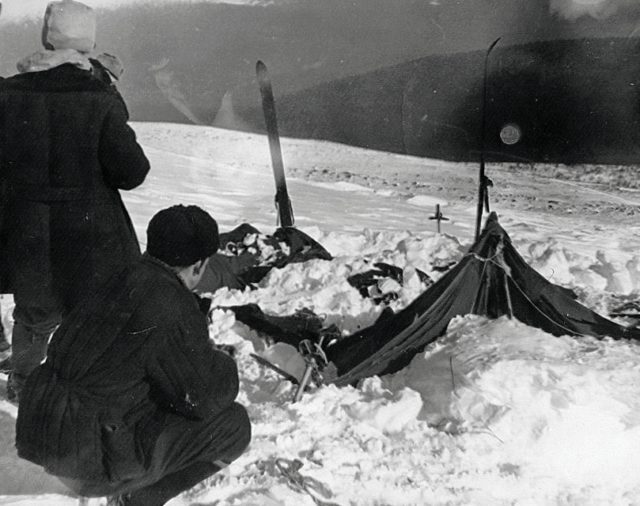
Based on photographs and journals left behind by the group, it is known that on the night of February 2nd, they set up camp almost a mile up the slope of a mountain near Mount Otorten called Kholat-Syakhl, which means “mountain of the dead” in Mansi.
The reason for camping on the slope of the mountain rather than in the relative protection of the pass less than a mile away is unclear, but it may have been due to being off-course after being caught in a snowstorm the day before.
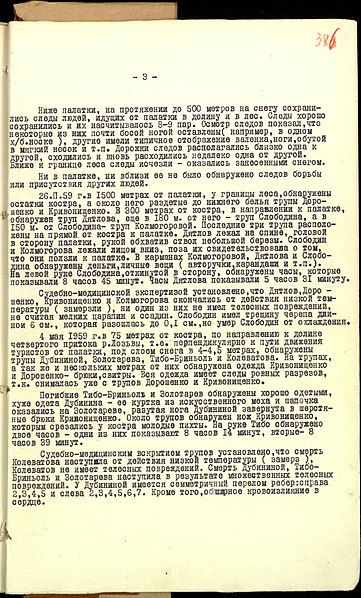
According to The St. Petersburg Times, Yudin thinks that Dyatlov either did not want to lose their progress up the mountain or decided to practice camping on the slope for extra experience.
Very little else is known for sure. When volunteers found the ill-fated camp on February 26th, it was in an incomprehensible state. The tent was half covered in snow and had been slashed open from the inside.
The members of the group, in various states of undress, had apparently fled into the night where temperatures were less than -20 degrees Fahrenheit. Most were barefoot or in socks, though a few had managed to put one shoe on; none were appropriately dressed for the conditions.
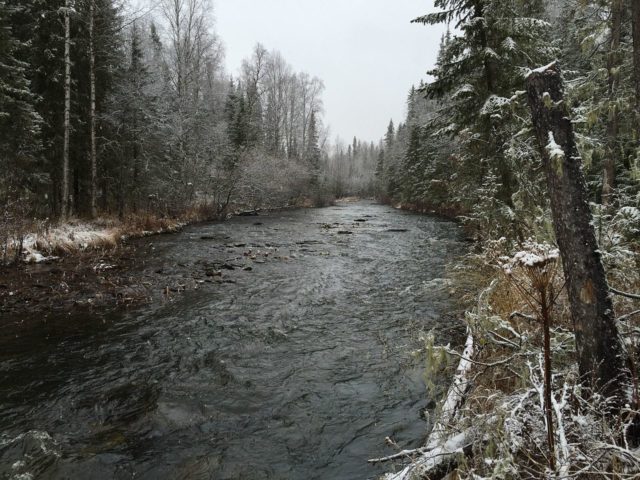
The first two bodies were found by the volunteers on February 26th. They were around the remains of a fire and dressed only in their underwear. Branches of a tree near the fire were broken more than 15 feet above the ground, suggesting that one of the group had been looking for something, perhaps the camp, which would have been very difficult to see in the dark.
Three more bodies were found between the fire and the tent, frozen in an apparent effort to return to the camp. All five of these were determined to have died of hypothermia.
It took two more months for the remaining four bodies to be found, partially covered in over 10 feet of snow in a ravine near the original two bodies by the fire. The mystery only deepened when it was discovered that these bodies had suffered fractures consistent with trauma that could only result from great pressure, but no external injuries or injuries to soft tissue were evident.
Furthermore, one of the bodies was missing its tongue and eyes. Their clothes, obviously taken from some of the group members who had already died, contained traces of radiation.
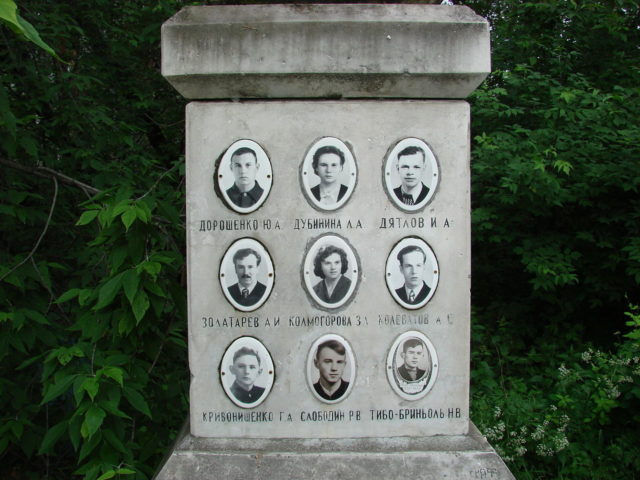
An official investigation concluded that the ski group had died due to an “unknown compelling force” and was soon closed. It was subsequently deemed classified, which was common in the Soviet Union at the time after disasters such as this.
The area was then closed to hikers and skiers for three years. However, this explanation did not satisfy Yudin, the families of the skiers, or even some of the volunteers and investigators among others.
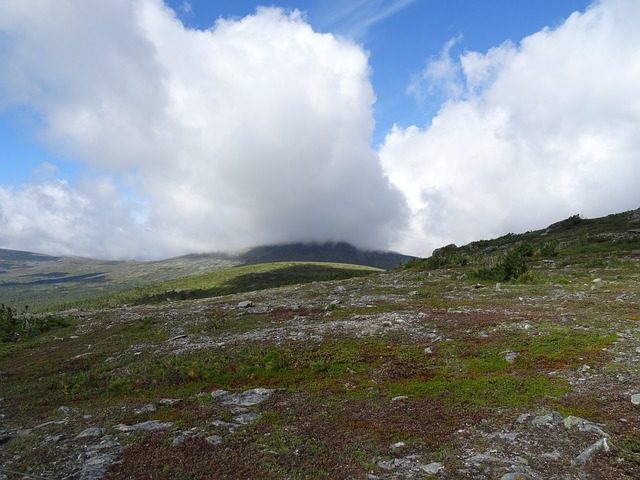
Many theories have since been posited to explain what could have compelled the experienced hikers to leave the tent in the middle of the night without adequately clothing themselves. In the 1990s, more information came to light when the lead investigator Lev Ivanov recounted that he’d been ordered to close the investigation quickly by superiors.
Furthermore, people remembered seeing “bright flying spheres” in the sky in the area, something that had not come out during the original investigation.
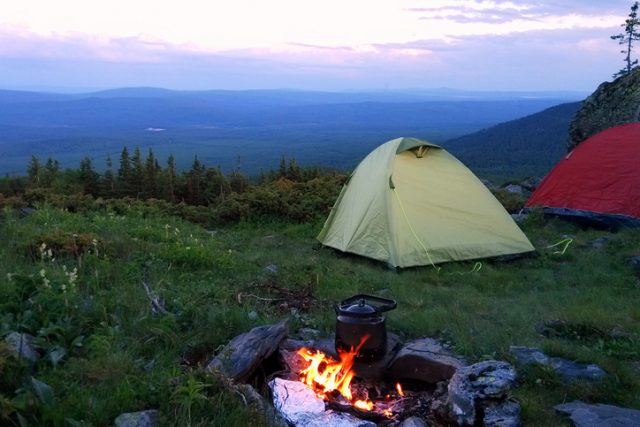
Ivanov speculated that these spheres could have been bombs of some kind and the force of the explosion would explain the hikers who died due to trauma injuries. Perhaps previous explosions had scared the hikers so much that they had fled the tent in a panic.
However, no traces of an explosion were ever found near Mount Kholat-Syakhl. Additionally, there are no records of a missile launch at the time that would have been able to reach that area of the Ural Mountains.
Yudin also believes that the military may have found the camp sooner than the volunteers from the official investigation. He had seen papers that suggested a secret investigation had begun on February 6th, almost a week before the hikers were even supposed to return.
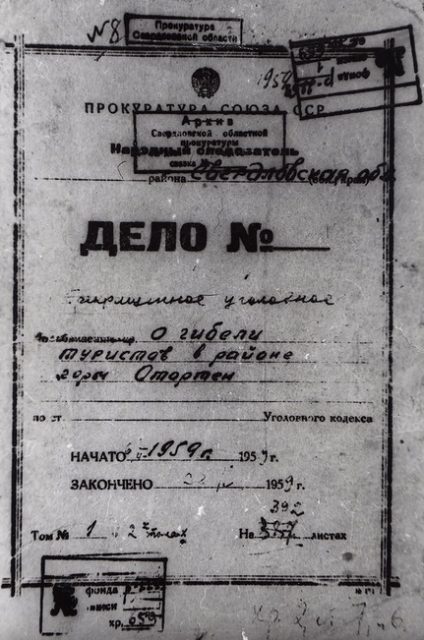
Furthermore, he had been asked to identify the owners of the belongings that had been left at the camp, and there were several items he could not account for, including a scrap of cloth that could have belonged to a military uniform. He feels this theory is also supported by the radiation found on their clothes and the extreme secrecy that surrounded the investigation for so long.
Another theory is that the hikers might have fled the tent due to an avalanche, but there was no evidence of broken branches or other debris that typically accompany such an event. Furthermore, avalanches almost never occur in that region, and such experienced ski-hikers would never have made camp in an area where an avalanche was likely to occur.
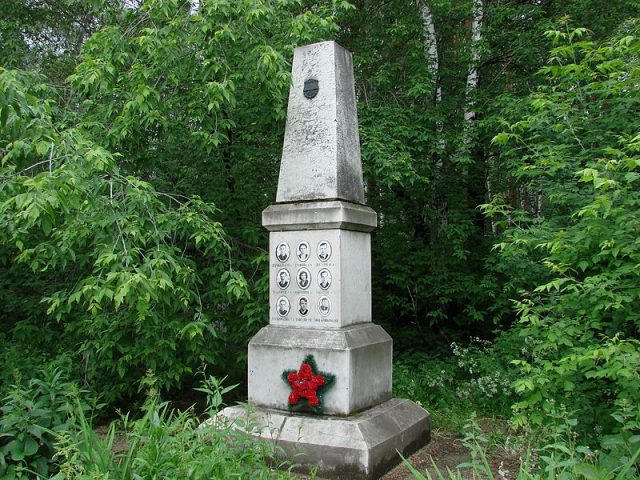
It was also considered that the local Mansi people might have murdered the group in retaliation for trespassing on their land, but this was quickly discounted as there were only 8 or 9 sets of footprints and no evidence of hand-to-hand combat.
In 2008, a conference was organized by the Ural State Technical University (formerly the Ural Polytechnic Institute where the skiers studied), the Dyatlov Foundation (an organization dedicated to finding out the truth about the hikers’ deaths), and several nongovernmental organizations to look for answers as to why the skiers died.
They concluded that military tests being carried out in the area had caused the deaths, although inadvertently. However, they do not have hard evidence to support this claim, so they cannot be sure.
Read another story from us: Mt Vesuvius Explosion in 79 AD: Exploding Skulls and Boiling Blood
This mystery gripped Russia at the time, and remains fascinating to this day. Several films about or inspired by the expedition have been made, and several books have also been written. The pass near where the group set up their camp was named Dyatlov Pass after the leader of the party but has since come to be known colloquially as Devil’s Pass. It seems unlikely that the mystery will ever be solved, but the Dyatlov Foundation remains committed to learning the truth.
